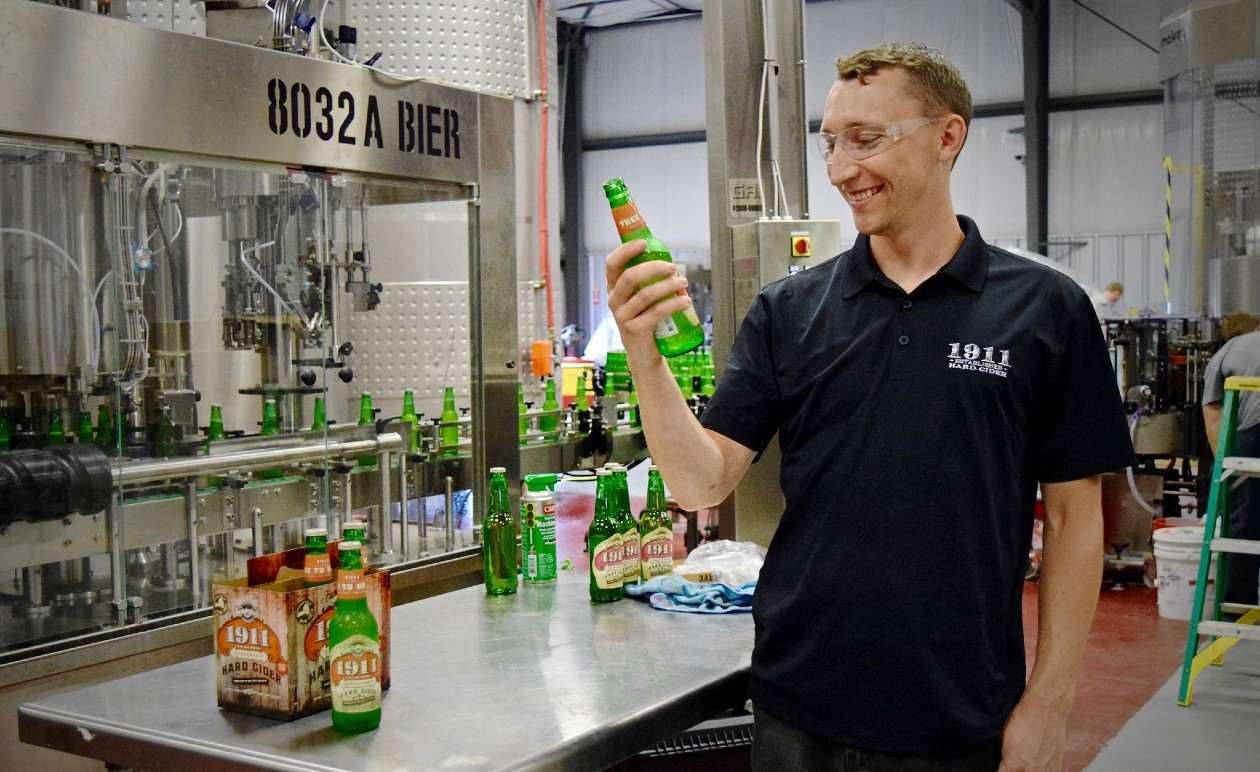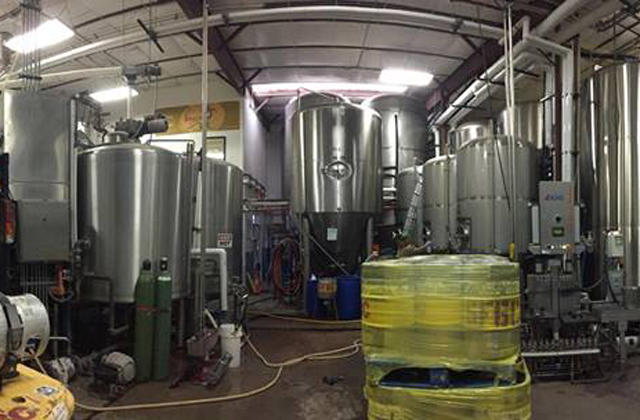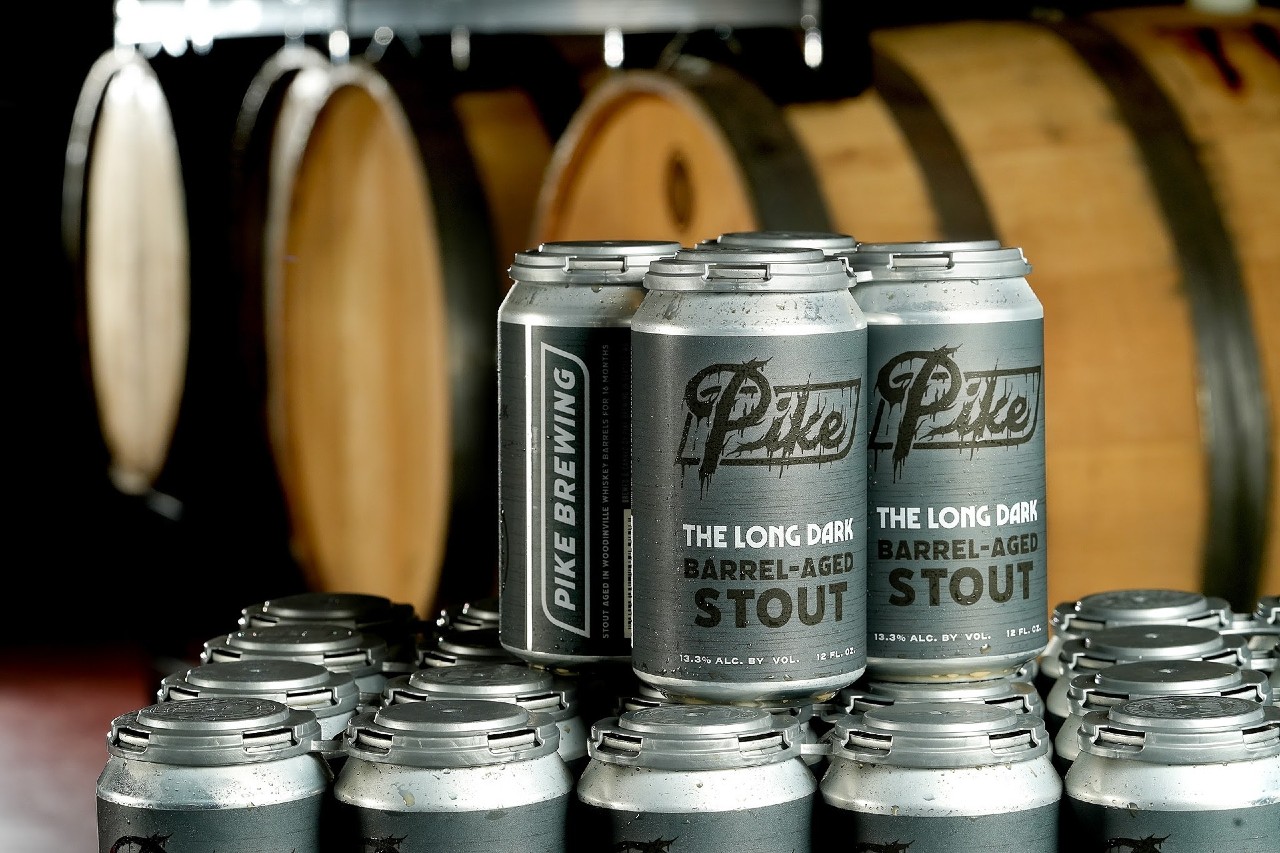
Growing your cider company has its advantages, but also its challenges.
Scaling up your quality assurance and quality control is among the challenges that arise for smaller cideries that find themselves expanding to the point that they have several employees on their staff, said Yann Fay, head cidermaker and director of beverage development at 1911 Established, who spoke at CiderCon in Chicago earlier this year.
“It’s really easy to have a QAQC program as a smaller operator,” he said. “Maybe it’s just you with some bottling help coming in once or twice a week. You’re familiar with your juice program, your fermentation and your final product.
“But then you hire a tasting room manager and a few marketing associates and suddenly you’re a business owner who has to be able to trust those people.”
The potential problems with sloppy QAQC can multiply as your company grows, he warned.
“The big problem of being big is that with great growth comes great risk,” Fay said. “You’re making 500 cases a year and you make a bad product, that sucks, but you’ll probably survive. If you’re making 5,000 cases a day and you make a bad product for weeks, that can cause major issues.”
Quality assurance refers to the prevention part of QAQC — you pay attention at every stage of production to mitigate the possibility that quality is compromised. With quality control, you’re making sure the product is up to par before you make it available for sale.
One of Fay’s favorite forms of quality control is one that most cidermakers may wish to avoid completely — negative customer feedback. Don’t fear it, embrace it, because it can help you get better, he said.
“As a large producer, I love customer complaints,” Fay said. “Crowd source your quality control! If you get a few complaint, you can do a trend analysis. Are we learning a lot of our canned ciders are reductive? Maybe the can liners are wrong, maybe we’re using too much sulfur dioxide and this is something you can see.
“Now that you are managing a tasting room and a delivery driver and a sales team, maybe there’s something in the process that is the problem. Maybe your equipment needs calibration. If you’ve got 20 people, they are going to make mistakes and there’s going to be process deviation, and this isn’t necessarily a bad thing because of the knowledge you get from the experience.”
You can do a couple of simple things to help with quality control. The first is to make sure you’re always tasting your cider, Fay said, explaining that in quality ciders, he saw no difference in quality between cider produced by small cideries with only a few tools and large cideries with a lot of equipment.
“Always have your staff tasting,” he said. “Your staff should know your products and know what basic faults taste like, whether its oxidation, reductiveness, high acidity or things being out of balance,” Fay said. “They should know enough to tell you if it’s off and be able to tell you it’s off.
“When you’re packaging, pull one of the first few bottles or cans and test it to make sure it’s right.”




Be the first to comment